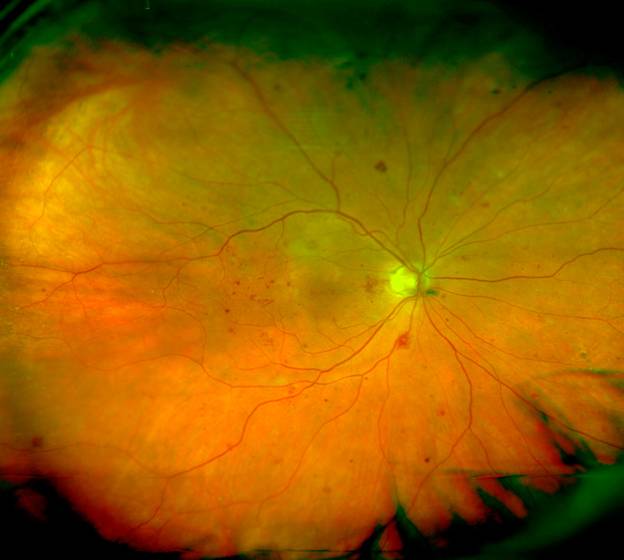According to estimates from the World Health Organization (WHO), approximately 347 million people in the world have diabetes. While the WHO estimates that diabetes will be the seventh leading cause of death by 2030, the condition is currently the leading cause of blindness in people ages 20 to 74. Unfortunately, many patients don’t have their eyes screened until they notice a problem – and in many of these cases, the affects of diabetic-related eye diseases have already caused irreversible damage. With these statistics in mind, it’s important to make sure that diabetic or pre-diabetic patients understand how diabetes can affect their eyes and the importance of yearly eye exams.
Start off by providing patients with educational materials regarding diabetic eye diseases in this month’s mailings or newsletter. Explain the characteristics and differences between diabetic retinopathy, cataracts and glaucoma, all of which fall under the umbrella of diabetic eye disease. For example, diabetic retinopathy is the most common of the three and because it has no symptoms, is generally not diagnosed until damage is very severe. While treatment doesn’t reverse the damage, it can help the disease from progressing any further.
Also, share with patients how their risk of developing a diabetic eye disease can be reduced. The National Eye Institute says proper management of blood sugar can slow the onset or progression of diabetic eye disease. However, other healthy habits like maintaining a healthy blood pressure and cholesterol levels can help reduce one’s risk, according to the International Diabetes Foundation.
Of course, we can’t say enough about reminding patients of the importance of annual eye exams. Earlier this year, the American Diabetes Association revealed that 20 percent of diabetic patients are not receiving annual eye exams. Now is the time to remind them that a comprehensive eye exam is the only way to detect how diabetes is affecting their eyes before it causes irreversible damage or vision loss.
An optomap® exam is a huge help to practitioners looking to better equip themselves when diagnosing eye diseases related to diabetes and other causes. It also offers patients a quick and painless exam. Contact Optos today to learn more about the benefits of adding optomap to your practice.
